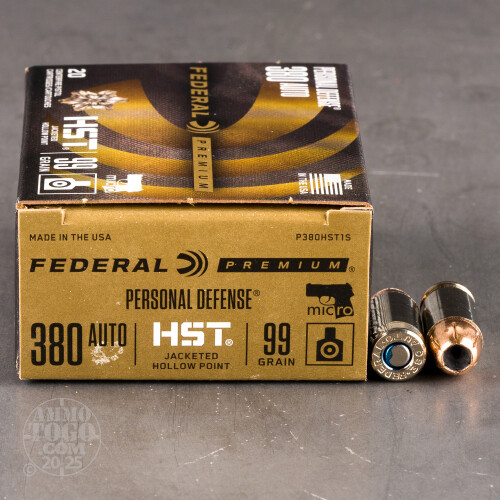Even at 2x speed that was a bit laborious ... I admit to getting bored by .357 and skipping to the barchart, although it was nice to see more than just charts.
I think these are all valid:
- The clear synthetic gelatin must be calibrated by the user before use
Some of the hobbyist videos do so on camera (and some off), and even get in-spec results, for whatever that's worth.
- The clear synthetic gelatin currently demonstrates a tendency to limit bullet expansion and increase bullet penetration, compared to FBI-standard, 10% calibrated organic gelatin ... The clear synthetic gelatin currently does not appear to be a suitable substitute for FBI-standard, 10% calibrated organic gelatin if the bullets will be measured and evaluated according to FBI performance standards.
(Rewritten 3x; hopefully this works) Any 'gel' is not 1:1 to a human; it's only a simulation, but as I understand the test the whole point is to get consistency (remove variables) from the test. In that regard the clear fails entirely as an FBI test material. It appears good for relative performance (e.g. round X through 4" barrel vs. 3" barrel) from what I see in the P1 articles and above videos.
(That said, a professional organization is going to make a department decision on *a* firearm and *a* round for many people against a backdrop of duty, threat, and liability, and has to go with the most stringent method.)
- There is no apparent “conversion” between data derived from 10% organic gelatin and the current version of the clear synthetic. ... Perhaps a skilled mathematician could derive a constant from a more complete sample, but we’re not seeing one lurking in the data.
This I really agree with (although it'd be a multivariate linear analysis, but whatever). My digging around and database I alluded to had me drawing that comparison, and the above convinced me I need to stop that and not draw any relation between clear gel tests and FBI anything.







